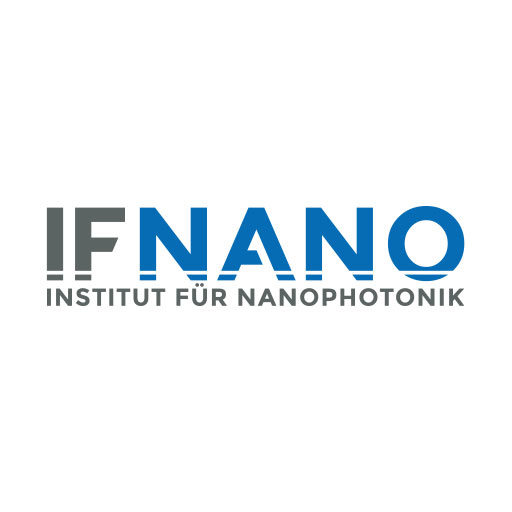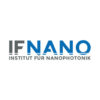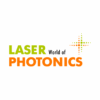Glass has become indispensable, whether in smartphone displays, windows, or automotive windshields. Especially in cars, the demands are increasing: windshields must be strong and safe, provide heating functions, and support advanced driver assistance systems.
To achieve this, internal stresses are deliberately introduced during production: compressive stresses at the surface and tensile stresses inside. This combination makes the glass more resistant, the compressive layer acts as a barrier against cracks that would otherwise spread unnoticed and lead to breakage. The crucial point, however, is that these stresses must be precisely adjusted and controlled.
Schmidt & Haensch, Saint-Gobain, and Volkswagen have joined forces with the Institut für Nanophotonik Göttingen to develop an optical inspection technology using polarized light that detects surface residual stresses in windshields reliably, contactlessly, and already during the production process.
This approach opens up new possibilities for more efficient, resource-saving, and safer glass production, and contributes to shaping the next generation of vehicles.






